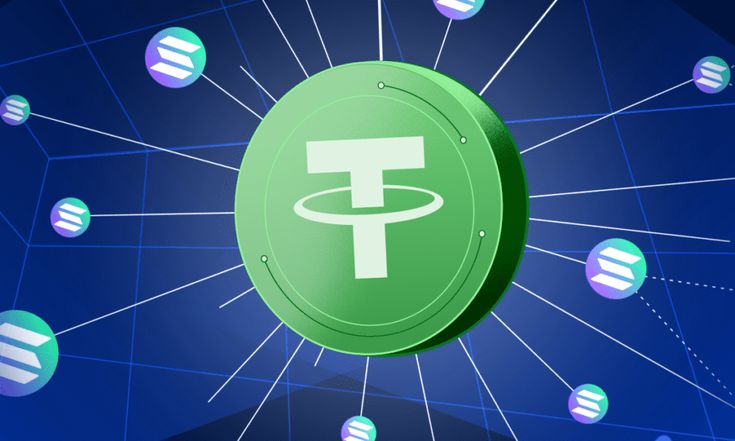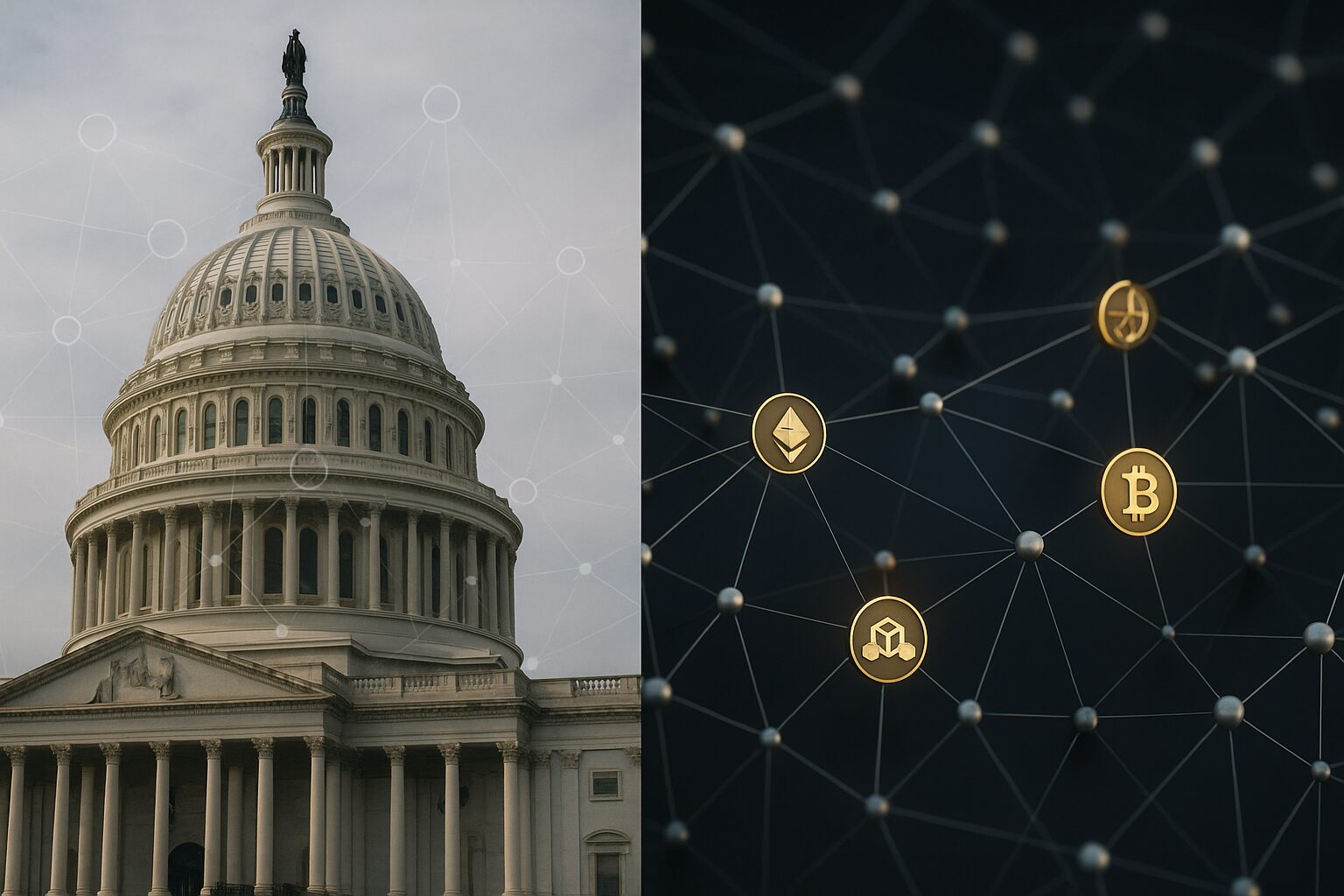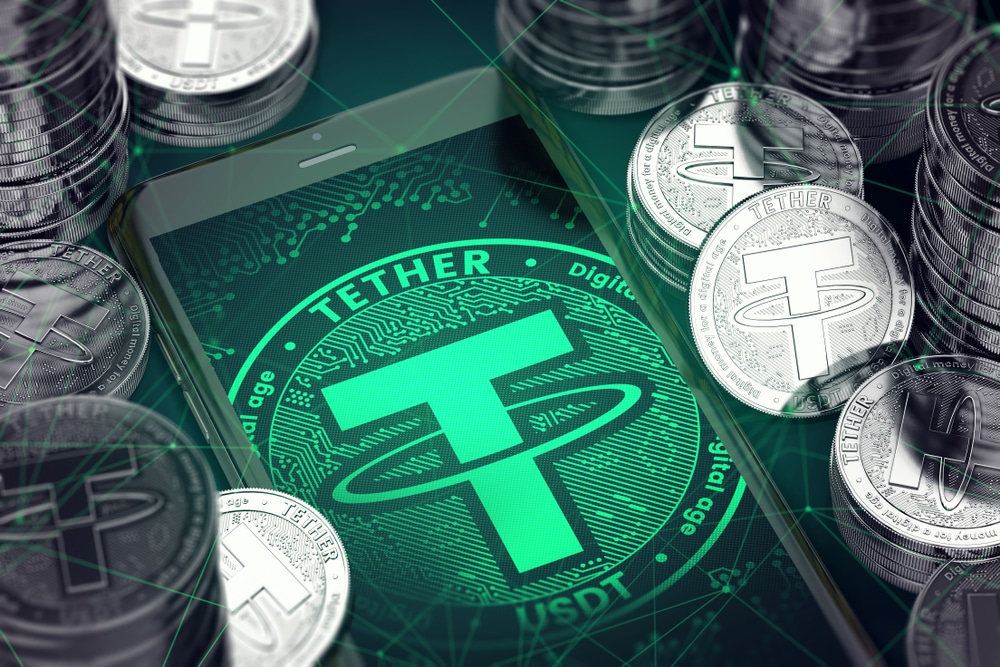As of April 2025, stablecoins have exploded in popularity, which has grown to over $238 billion in market value, and in which over $16 trillion in transactions took place in 2024. This growth is fueled by increased institutional interest and greater regulation which we are seeing play out worldwide.
In this article, we break down all the top blockchains that support the infrastructure of stablecoins, focusing on their unique advocacy patterns and contributions to the digital economy.
Knowing where stablecoins are most useful aids developers, investors, and even institutions to make informed decisions, especially as they play a growing role in DeFi, global payments, and digital asset strategies.
Top Blokchains that Support Stablcoins in 2025
Stablecoins anchor to chains prioritizing scalability, regulatory compliance, and institutional-grade frameworks. Layer 2 innovations, high-throughput networks, and low-cost ecosystems drive adoption, seamlessly bridging DeFi, global payments, and digital asset strategies.
Ethereum (ETH)
In 2025 Ethereum stands tall as the leading blockchain for stablecoins, which in February reported over $4.1 trillion in monthly transaction volume. It remains the primary network for large stablecoins like USDC and DAI which in turn power many DeFi platforms and lending protocols.
New players in the space like PayPal’s PYUSD and USD1 are also choosing Ethereum, drawn by its strong infrastructure and trust. Also with Layer 2 solutions that see better performance and lower fees, Ethereum is at the front of the pack growing and transforming. Together, its mainnet and L2s make Ethereum the heart of the stablecoin ecosystem, setting the pace for innovation and adoption in digital finance.
Binance Smart Chain (BSC)
Binance Smart Chain which is also known as BNB Chain has grown to become a primary destination for stablecoin, thanks to its low fees, high speed, and strong DeFi ecosystem. It is home to large stablecoins like USDT and USDC and also recently added in USD1 a U.S.-backed token for secure global transactions.
With a TVL of $5.5 billion, BNB Chain is a host to a wide range of financial activities including lending and trading. Its support of USD1 is a mark of its commitment to innovation and regulation compliance which in turn positions it as a key player for those that are into stablecoin-based finance.
Solana (SOL)
Solana (SOL) is another key blockchain for stablecoins in 2025. It is fast and offers low-cost transactions perfect for stablecoin transfers.
This is the reason why 80% of Solana’s stablecoin supply continues to dominate the network, with Circle issuing an additional $250 million which brings the total to $8 billion.
Also, Solana is testing out Wyoming’s state-backed stablecoin, WYST which puts out the promise of being the first fiat-backed fully reserved stablecoin issued by a U.S. state. With its speed, scale, and growing stablecoin ecosystem Solana is securing its position as a major player in the stablecoin market.
Avalanche (AVAX)
Avalanche (AVAX) is known for its scalability and also low transaction costs. The network supports popular stablecoins like USDC, widely used across decentralized apps and DeFi platforms.
Avalanche’s high throughput makes the network ideal for stablecoin transactions. Notably, the platform is also testing out Wyoming’s state-backed stablecoin, WYST which claims to be fully backed by cash and U.S. Treasury securities.
This test phase puts forward Avalanche’s role in supporting government-issued stablecoins and in enabling smooth cross-chain transactions which in turn is to strengthen its position in the growing
Polygon (MATIC)
Polygon (MATIC) also is another blockchain that has achieved via its large Layer 2 solution that improves transaction speed and scalability.
The network supports major stable coins like USDC which in turn improves transaction efficiency and reduces costs which in turn makes it a great fit for dApps and DeFi platforms
Polygon is also involved in testing Wyoming’s state-backed stablecoin, WYST, alongside other blockchains, emphasizing its role in supporting government-backed digital assets.
As the testing continues ahead of WYST’s launch in July 2025, Polygon’s efforts in enhancing stablecoin interoperability make it a critical player in digital finance’s future.
Arbitrum & Optimism
Arbitrum and Optimism is a fundamental Layer 2 solutions for stablecoins which in turn improve Ethereum’s scalability and reduce transaction fees.
These networks support major stablecoins like USDC and also play a key role in the launch of Wyoming’s state-backed stablecoin, WYST.
By using Ethereum’s security but at the same time improving transaction speeds and efficiency, Arbitrum and Optimism present great value for decentralized finance (DeFi) apps.
With high throughput and smooth integration, Arbitrum and Optimism are at the forefront of stablecoin growth in digital finance.
Base
Base, Coinbase’s Layer 2 network built on the OP Stack, has quickly become a major hub for stablecoin activity in 2025.
With low fees and high-speed transactions, Base appeals to both developers and users. Its native integration of USDC removed the need for bridges, making transfers seamless.
Coinbase boosted this by moving large USDC reserves to Base, increasing liquidity. In October 2024, Base captured 30.06% of the total stablecoin volume, with USDC making up 62% of that.
Regulatory Landscape
The U.S. and EU are putting forth large-scale stablecoin regulation. The U.S. advanced the GENIUS Act, a major bill setting national standards for licensing, reserves, and oversight of payment of stablecoins.
This shows the government’s push to legitimize crypto under clearer rules. Meanwhile, Coinbase and other exchanges began delisting tokens that do not meet the new requirements
Across the Atlantic, EU put in place its MiCA regulations, requiring issuers to be licensed and hold solid reserves. As a result non compliant stablecoins like USDT were delisted. These actions mark a shift towards a more strict yet at the same time clear stablecoin regulation.
Conclusion
In 2025, Ethereum still leads in stablecoin support, powering major assets like USDC and DAI. But new players are coming in strong. Layer 2 solutions such as Arbitrum, Optimism, and Base which provide faster and cheaper transactions, and Solana, Avalanche, and Polygon which bring high speed performance.
For all in the crypto space, whether you are a developer, investor, or institution, technical knowledge of which chains support stablecoins is not enough.






